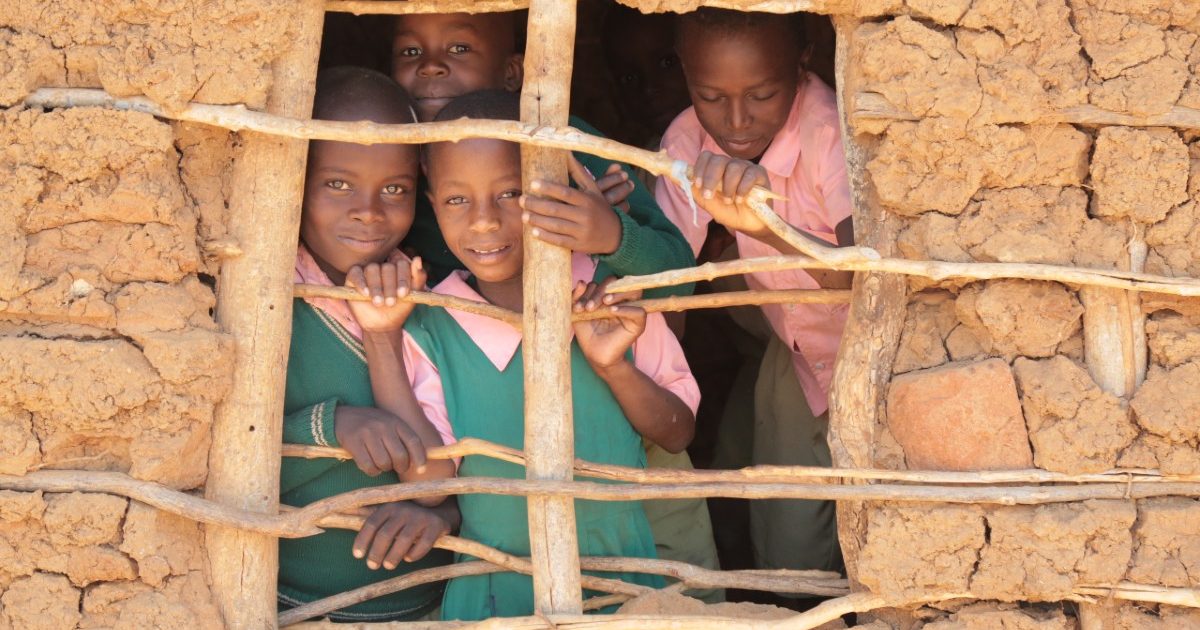Kitui County healthcare workers are racing against time to trace and immunize over 5, 000 children who have not been vaccinated since birth to curb rising child mortality and lifelong diseases.
By 2017, the county had traced 21, 000 children who had not undergone any immunization, leading to a massive campaign across villages and remote hotspots to ensure all children get vaccinated.
Kitui County Expanded Immunization Programme (EPI) Logistician Henry Muinde said that the numbers have reduced to 5, 000 because of a robust vaccination programme rolled across the county.
“We have trained over 7, 500 healthcare workers to facilitate vaccination among children. These trained personnel have helped to reach remote villages and inaccessible terrains to conduct vaccinations,” said the EPI Logistician.
In the past, Muinde said, the county had difficulties in delivering the vaccines to targeted populations due to logistical problems and scarcity of trained medical personnel. “However, this has been remedied,” he noted.
Speaking to the press on Sunday in Kitui Town, Muinde, an expert in public health said that the County has procured over 90 fridges equipment under the Global Alliance for Vaccines and Immunization (GAVI) to store and preserve vaccines.
“Majority of our health facilities are connected to the national grid. In the past we had issues with electricity and thus had logistical challenges to deliver vaccines to affected remote communities,” he said.
“Majority of the diseases can be eradicated through immunization. However, complacency among populations is a major hindrance in terms of tackling vaccine preventable diseases,” said Muinde.
Observably, the EPI Logistician noted that success in diseases eradication through vaccination is leading to reduction in outbreaks.
Commenting on the emerging challenges, Muinde lamented that people sometimes assumed that disease outbreaks would not occur and ignored seeking vaccinations at the right time.
Muinde noted that in general, the country has witnessed a decline in polio cases due to routine vaccination, aggressive campaigns and surveillance for children with sudden paralysis.
He however revealed that several outbreaks have occurred in Kenya since 2006 mainly due to importation, with the last being witnessed in 2013 but it was controlled through multiple rounds of vaccination campaigns.
According to the Ministry of Health, vaccines are provided free through routine immunization in health facilities coupled with undertaking aggressive campaigns to sensitize the public.
“In Kitui County, children from poor households and those living far away from health centres top the number of those who fail to be vaccinated,” said Rachel Onyancha, County Health Promotion official.
“Among other reasons for immunization fluctuations, the most cited one is the frequent health worker strikes, decline in vaccine stocks, and inadequate engagement with communities such as religious leaders who oppose vaccination campaigns,” said Onyancha.
The Health Promotion Officer castigated views held by some groups in Kenya that vaccines could be harmful to the health of children, saying they were not only safe but affordable and yielded good results.
Onyancha disclosed that the Kavonokya sect in Kitui has had numerous run-ins with healthcare workers and security agencies because their religious beliefs dictated that they do not rely on conventional medicine for treatment when they fell sick but by faith seek the Lord in prayer for healing.
“We usually carry out sensitization campaigns with opinion leaders, community leaders, religious groups and other stakeholders to create demand for immunization services. We also debunk myths that because one is not seeing the disease the children are being vaccinated against, it does not mean the disease doesn’t exist,” she added.
In Kenya, the Expanded Programme on Immunization (EPI) was launched in 1980 with the main aim of providing immunization against six killer diseases of childhood, namely tuberculosis, polio, diphtheria, whooping cough, tetanus and measles to all children in the country before their first birthday.
By Yobesh Onwong’a



